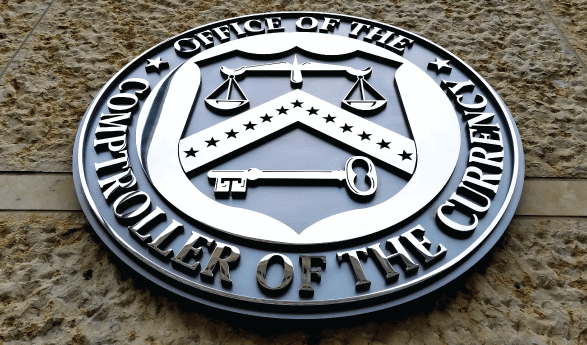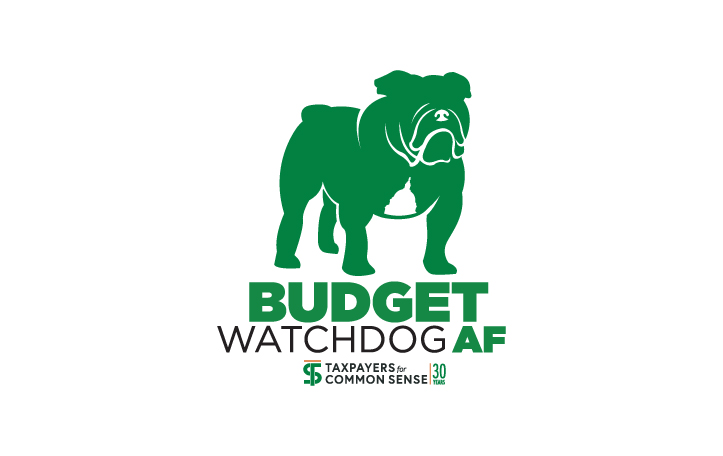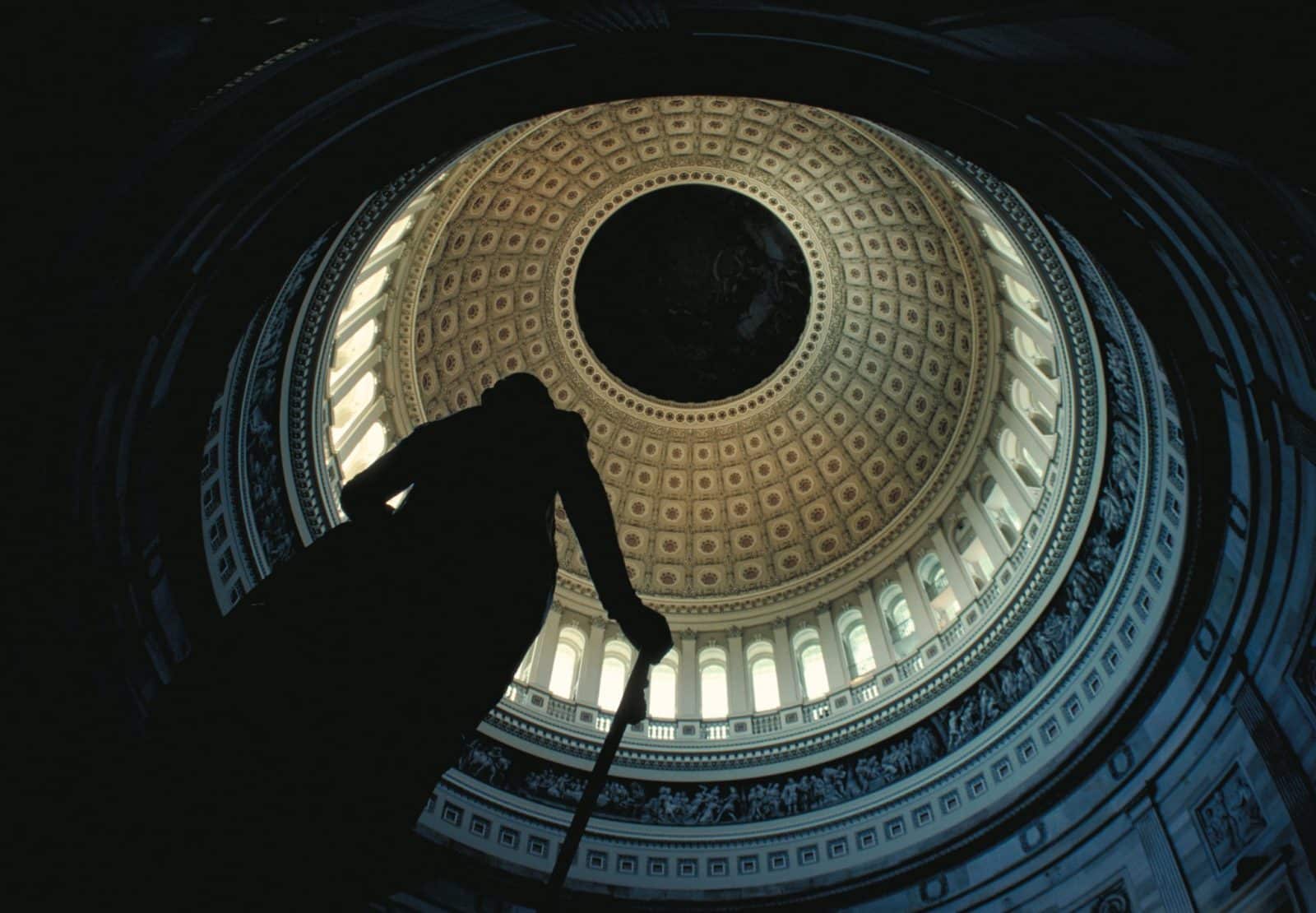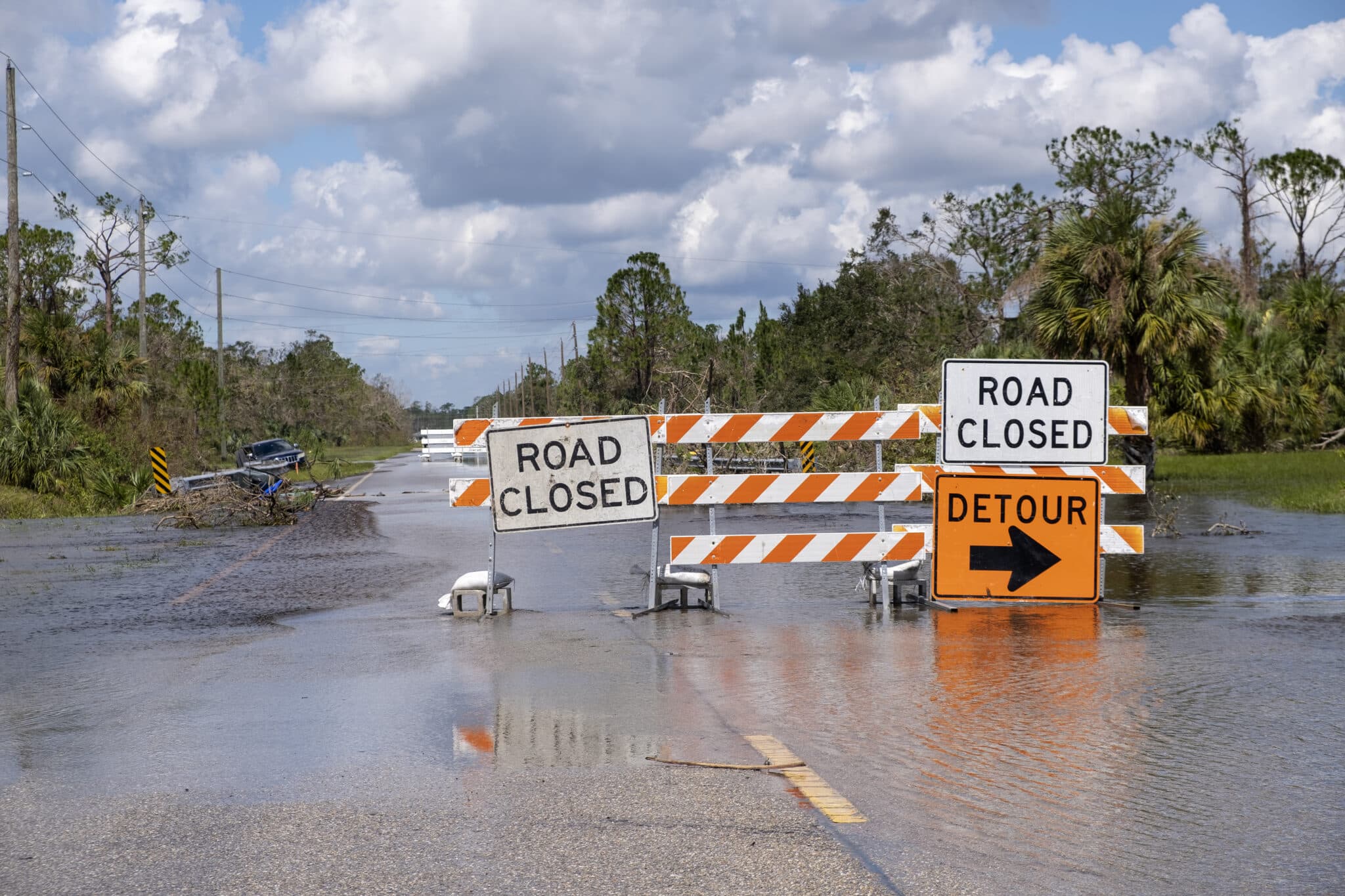Emergency spending has serious implications for taxpayers. While the designation is meant to allow Congress to quickly appropriate funds in response to emergencies, in practice, it is often used by Congress as a tool for circumventing budget constraints and normal budget processes.
Emergency spending often includes spending related to disasters, public health, agriculture, and national security, among other areas of federal spending.
Problematically, there is no statutory definition for emergency spending. However, in 1991, the Office of Management and Budget under President Bush proposed five criteria that any emergency designation should meet. According to this OMB definition, these criteria must all be met in order for spending to qualify as an emergency. It must be:
1. necessary; (essential or vital, not merely useful or beneficial)
2. sudden; (coming into being quickly, not building up over time)
3. urgent; (requiring immediate action)
4. unforeseen; and
5. not permanent.
Much of the emergency spending in recent years has not met this five-part definition.










